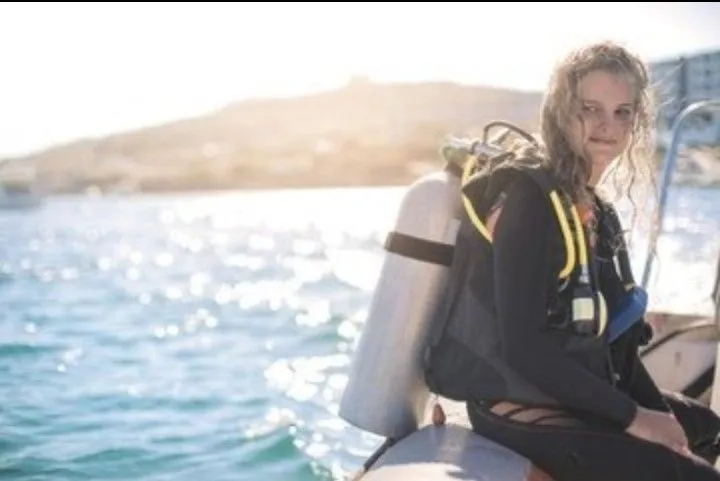
Hello guys. I was surfing through the net, and I saw an interesting topic. And of course there were alot of informative answers to the question being discussed. Now the question was WHY DO DEEP SEA DIVERS DIVE BACKWARDS FROM THE BOAT, IN A COMPLETELY DIFFERENT DIFFERENT STYLE TO POOL DIVERS. Here are some of the answers given.
Duane Call, a former Manager, HIV and STD Control at Utah Department of Health (1984-1996):
"I am a PADI Divemaster. I say that because I can't get my experience base to show, sorry. Scuba divers fall off the boat backwards to protect their gear so as not to loose anything. The tank on the back breaks the water tension and since all other gear is on the sides or the front of the diver it all goes in more smoothly. Perhaps the most important thing to mention is the mask. Going in frontwords might remove the mask off your face causing water to slap you in the face, limiting sight thereby allowing water to go into the nose. This can cause great discomfort and panic the diver. It takes very little water to drown. Hope this helps."
Erik Dasque who works at EverTrue wrote:
"We don’t jump in feet first because of the fins, we don’t dive in head first because of the gear.
If you were to jump in feet first you’d hit the water with your fins flat on the surface which is awkward and could cause injury or your fins could slip out.
Scuba divers can’t dive head first, your mask could slip out or shatter, their tank valve could hit the back of their head among other things.
Also, we used to roll back out of small inflatable boats where standing and stepping forward into the water wasn’t practical.
That said, these days we mostly jump out of larger boats where we do a forward entry stepping into the water as if we were walking forward and running out of boat (as opposed to feet together) which works well. Regardless you have to be careful: entry and exit are dangerous parts of scuba diving (as are descent and ascent)."
Uriah Sun who studied Environmental Science at University of Oregon wrote:
"There are many different types of entrances into the water when diving. Normally in a pool people will do a giant stride because the water is almost level with the pool and they don't really have a ledge to sit on. A boat have a ledge to sit on or roll from. Also dive equipment is heavy and boats tend to rock back and forth so sitting down and rolling into the water can be safer than standing on a rocking boat."
Betty Ross
General Manager, retired. (2001-present)
"When entering the water from a large dive boat you must giant stride into water with one hand on your mask which is positioned on your face and other hand on your weight belt. As far as the weight belt goes, that process was before integrated weights which are more popular now. Although I automatically hold one hand on weights out of habit. On smaller boats that hold about 4–6 divers you sit on side of boat with back to water, hold your mask properly fitted on your face, and backroll into water. That’s the way I’ve been doing it for 40 years. Works for me."
Alan Pardue
MBA Business, Pepperdine University (1984).
"They don’t dive backwards, we exit the boat facing the water, holding the mask, regulator, and dive console to our face and chest when leaving the boat so the regulator and mask do not get pushed off of our face and out of our mouth". Let's educate ourselves guys. Wats ur contribution on the topic?
Source : Quora.com
